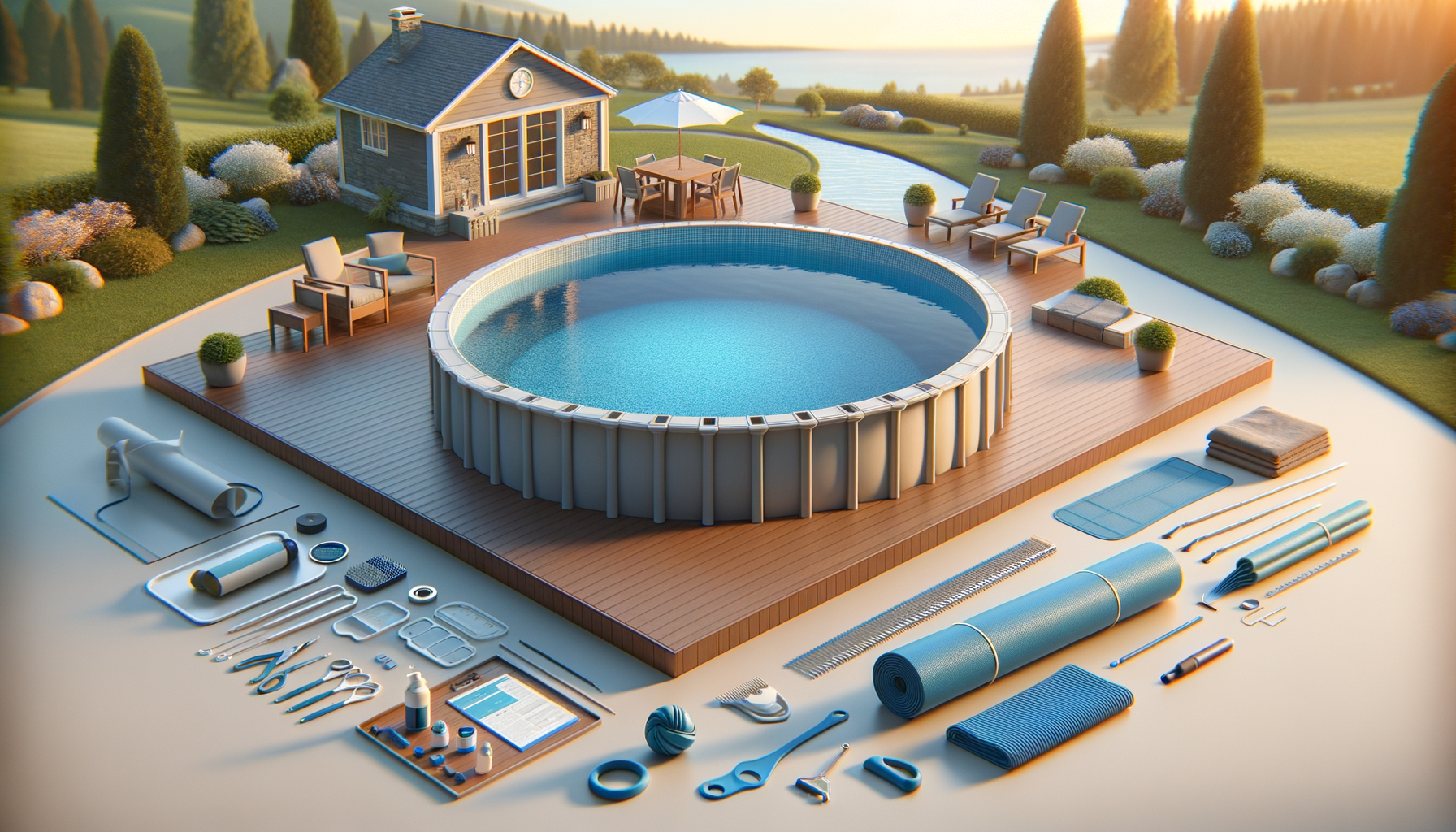Introduction to Fiberglass Pools
In recent years, fiberglass pools have become a popular choice for homeowners seeking to enhance their outdoor living spaces. Their rise in popularity can be attributed to several factors, including ease of maintenance, durability, and the variety of designs available. Understanding the full process from choosing the right shell to hiring an installer can help you avoid delays, manage costs, and create a setup that works for your space, lifestyle, and long-term use.
Fiberglass pools are pre-fabricated shells made from reinforced fiberglass, which is then coated with a gel finish to ensure a smooth, attractive surface. This construction method offers several advantages over traditional concrete pools, such as quicker installation times and lower maintenance requirements. As you consider adding a fiberglass pool to your backyard, it’s essential to understand the various factors involved in the purchase and installation process.
Advantages of Choosing Fiberglass Pools
One of the primary advantages of fiberglass pools is their low maintenance requirements. Unlike concrete pools, which require regular resurfacing and chemical balancing, fiberglass pools have a non-porous surface that resists algae growth and reduces the need for frequent cleaning. This makes them an attractive option for homeowners looking to minimize their pool upkeep.
Additionally, fiberglass pools are known for their durability. The flexible nature of fiberglass allows it to withstand ground movements and temperature changes without cracking, a common issue with concrete pools. This resilience ensures that fiberglass pools can last for decades with minimal repairs, providing a long-term investment for your home.
Another benefit is the speed of installation. Since fiberglass pools are pre-fabricated, they can be installed in a fraction of the time it takes to construct a concrete pool. Typically, a fiberglass pool can be ready for use within a few weeks, allowing you to enjoy your new outdoor oasis without a lengthy construction period.
Considerations for Installation
When planning to install a fiberglass pool, there are several factors to consider to ensure a successful project. First, it’s crucial to evaluate the size and shape of the pool that best fits your backyard space. Fiberglass pools come in various designs, from classic rectangles to freeform shapes, allowing you to choose a style that complements your outdoor environment.
Next, consider the installation process itself. Hiring a reputable contractor with experience in fiberglass pool installations is essential to ensure the project is completed correctly. A professional installer will handle all aspects of the process, from excavation to plumbing and electrical work, ensuring that your pool is safe and functional.
Additionally, it’s important to plan for any necessary permits and approvals required by your local government. This may include zoning regulations, property line considerations, and safety requirements. Working with your contractor to navigate these requirements can help prevent delays and ensure a smooth installation process.
Cost Implications and Budgeting
The cost of installing a fiberglass pool can vary significantly based on factors such as pool size, design, and additional features. On average, fiberglass pools tend to be more affordable than concrete pools, primarily due to the quicker installation time and lower maintenance costs.
When budgeting for a fiberglass pool, it’s essential to consider not only the initial purchase and installation costs but also any additional expenses such as landscaping, decking, and fencing. These elements can enhance the overall aesthetic of your pool area and provide added functionality and safety.
It’s also advisable to set aside a contingency budget for unexpected expenses that may arise during the installation process. This can include unforeseen site preparation costs or upgrades to pool equipment. By planning for these potential costs, you can ensure that your pool project stays within budget and meets your expectations.
Maintaining Your Fiberglass Pool
Once your fiberglass pool is installed, maintaining it is relatively straightforward. Regular cleaning and chemical balancing are necessary to keep the pool water clear and safe for swimming. However, the smooth, non-porous surface of fiberglass pools makes them less prone to algae and bacteria growth, reducing the need for frequent scrubbing and chemical treatments.
It’s also important to monitor the pool’s filtration system and ensure that it functions efficiently. Regularly cleaning the filter and checking the pump for any issues can help prolong the life of your pool equipment and maintain optimal water quality.
In addition to routine maintenance, it’s crucial to winterize your pool properly if you live in an area with cold winters. This involves draining the water to the appropriate level, adding winterizing chemicals, and covering the pool to protect it from debris and freezing temperatures. By taking these steps, you can ensure that your fiberglass pool remains in excellent condition for years to come.




Leave a Reply